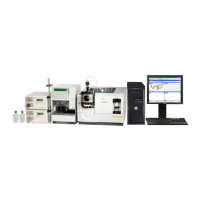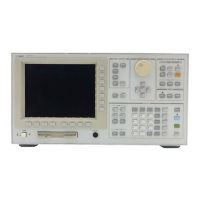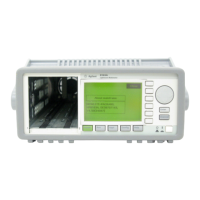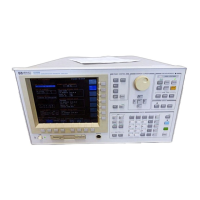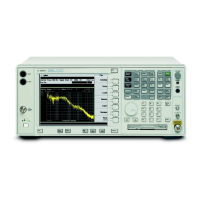When the max order algorithm finishes order reduction, it factors the
polynomial-ratio fit into poles and zeros. Then a search is done on the pole
and zero terms to determine if any pole-zero pairs are close enough to each
other to be cancelled. The cancelation routine uses the coherence value to
estimate the accuracy of the pole-zero pairs. That is, are the pairs in a
measurement range where there are poor signal-to-noise values. If terms can
be cancelled, the result display (trace B) is updated with a synthesized transfer
function from the remaining poles and zeros. The poles and zeros remaining
after cancellation (or all the poles and zeros from factoring if no cancellation
occurs) are placed in the curve-fit table along with the gain found.
How Max Order Defines a Good Fit
To prevent the max order algorithm from always
searching to the upper bounds, a variance
function is used to establish an error tolerance
that gives the max order algorithm some margin
when fitting contaminated data.
The max order algorithm uses the number of
averages and the coherence function to calculate
a variance function on the measurement. (For
more information about the relationship between
coherence and curve fitting, see “Special
Considerations” later in this chapter). The max
order algorithm calculates an error-to-signal
level, and compares this to a noise-to-signal
level. When the error-to-signal level drops
below the noise-to-signal level, the fit is defined
as good. As a rough approximation, each 0.9 in
the coherence function corresponds to –10 dB in
the noise-to-signal level.
For example, 0.99 corresponds to a noise level at
20 dB below the signal level, and 0.9999
corresponds to a noise level at 40 dB below the
signal level. Since the computed variance is
used, rather than the coherence function, these
figures are merely presented as
typical—additional averaging lowers the
measurement noise level in the noise-to-signal
level calculation.
The curve-fit routine calculates a pseudo
coherence when fitting to swept sine
measurements (swept sine measurements are
available with Option 1D2). Measurement
coherence in swept sine is much higher than
obtained with FFT-based measurements. Swept
sine measurements are also more susceptible to
bias, noise and nonlinearity errors. A pseudo
coherence allows for a more realistic error
tolerance in the presence of nonlinearities.
Agilent 35607A
Operator's Guide Curve Fit Option 1D3
16-9
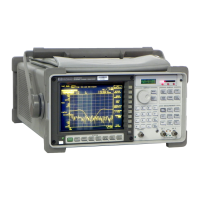
